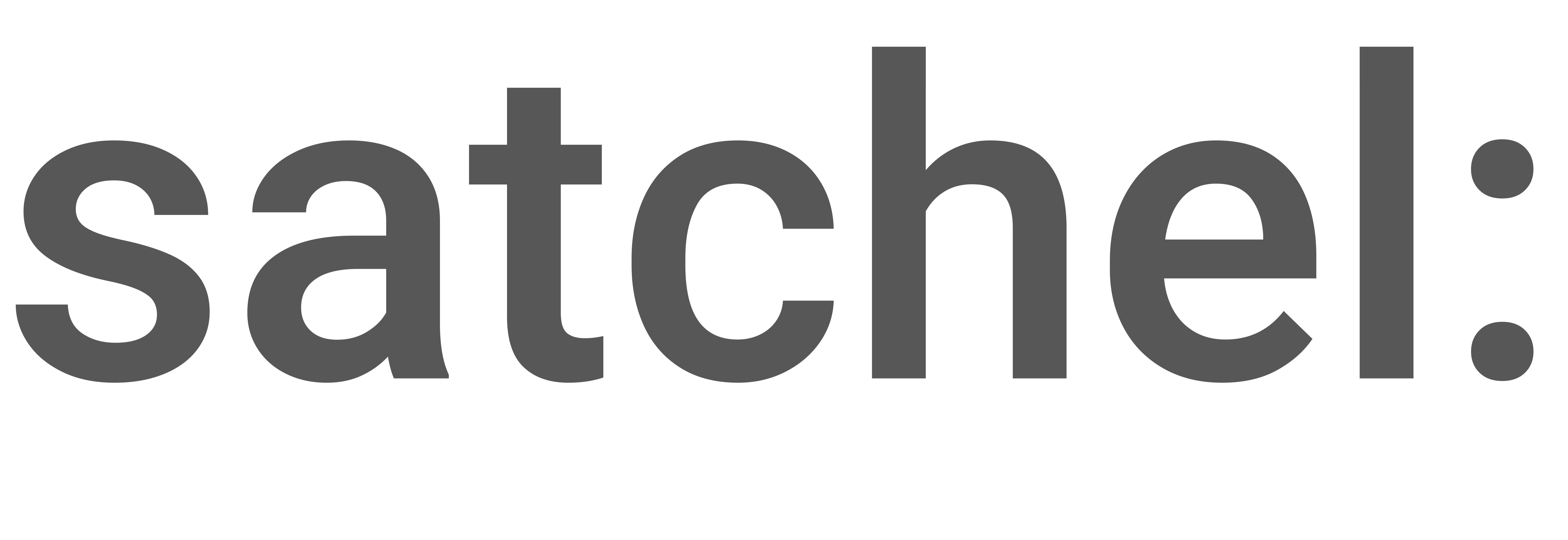Author: Bethany Spencer
Posted: 05 Nov 2018
Estimated time to read: 3 mins
Feedback is an integral part to your progression as a teacher, and lesson observations are an effective way to gather feedback and direction on areas for improvement. As a universally recognised form of CPD, this article explores exactly what lesson observations are and how you can prepare for them.
What are lesson observations?
A lesson observation, also known as a classroom observation, is the practice in which a lesson is observed to assess the quality of teaching to ensure students are receiving the most effective learning experience.
Any teacher can be subject to a lesson observation and these can be conducted by fellow teachers, administrators or external parties and these can be planned or unplanned observations. These are implemented by all schools and also enforced by many external bodies as a process for school assessment.
Why do we have lesson observations?
Lesson observations are regarded universally as an effective form of professional development and are used consistently throughout a teacher’s career - in fact, Ofsted have used lesson observations as part of their inspection process in the UK since 1992.
Although the concept of being observed is daunting, they aren’t intended as a practice to scaremonger teachers, it’s to identify ways in which you can improve your teaching and classroom management skills, reducing blockers to student learning so they’re achieving the best they possibly can.
Ofsted use lesson observations to assess the overall quality of ‘teaching, learning and assessment’ as it allows them an insight into the way teachers conduct lessons and how they interact with students. Internally, schools use lesson observations to assess how well teachers are performing but more importantly, as a form of CPD.
Those observing lessons are asked to identify the biggest blocker to student learning in the classroom, provide the teacher with feedback on their lesson, including ideas and techniques they can implement to improve.
When feedback is provided it’s not uncommon for teachers to receive additional lesson observations for observers can assess how well these techniques have been implemented and to provide further direction - creating a continuous cycle of professional development.

How to prepare for a lesson observation
- Treat every lesson as though you’re being observed, and treat every observation as a normal lesson. Every lesson you give should be planned intricately, in line with the current curriculum and designed to give your students the best possible learning outcomes. Try to think of observations not as being judged, but as an opportunity to improve.
- Don’t try to over-perform - when we hear we’re going to be observed, a normal reaction is to want to impress our observer with an all singing, all dancing lesson - when in actual fact this isn’t a true reflection on your ability as a teacher, instead plan your lesson just as you would any other.
- If you know you’re being observed, avoid starting an entirely new topic and provide your observer with your lesson plan and any resources you will be using in the lesson so they’re able to get a full view of the work students are undertaking.
- For internal observations, familiarise yourself with the guidelines your school will have set out so you know what your observers are looking for and the key components of a good lesson.
- Don’t take feedback personally, it’s intent is to be constructive and remember any improvements your observer suggests will only help you develop as a teacher and enable you to provide a better learning experience for your students.


